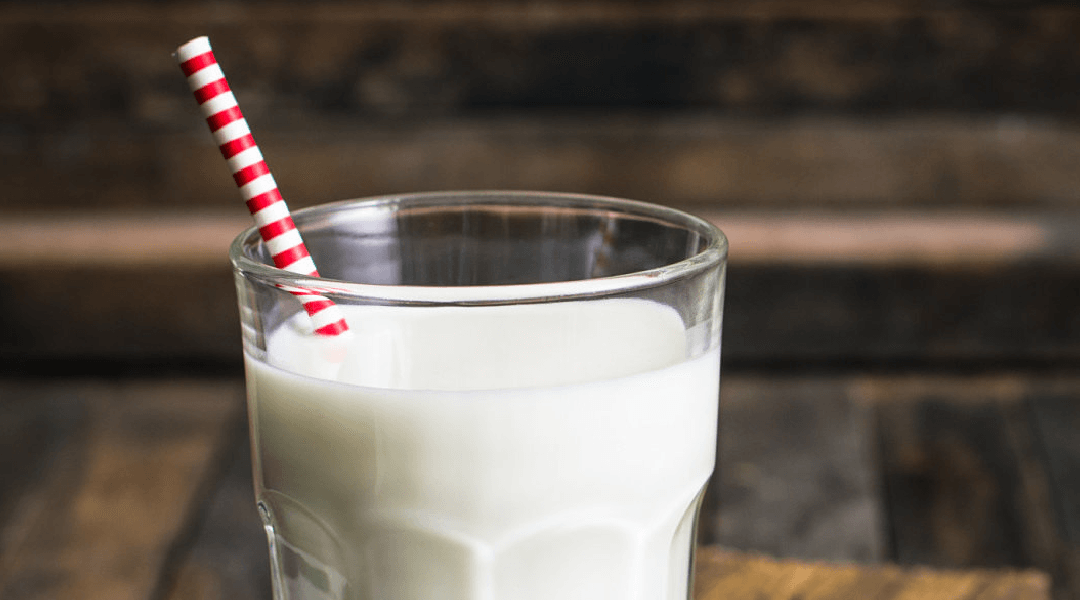Simple hydrates no, intrinsic sugar yes, lactose no, blood glucose is key, the glycemic index does not matter … When we talk about carbohydrates there is always some nuance to take into account for do not fall into contradictions. Therefore, in this post we are going to try to clarify everything related to carbohydrates:
We don’t get involved anymore and let’s get to the point !:
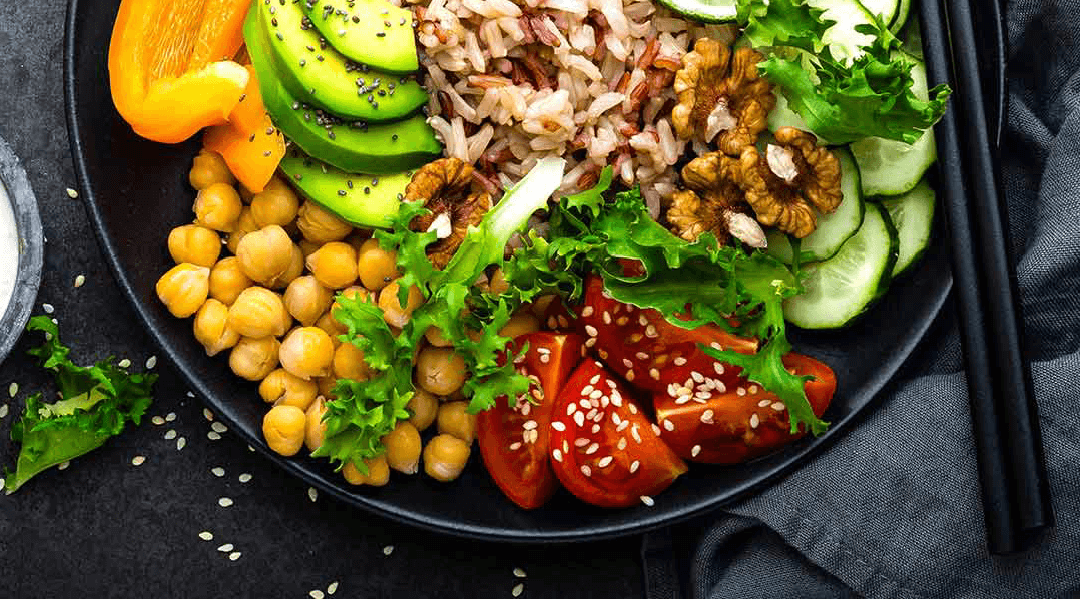
Hydrates
Carbohydrates or carbohydrates are the same. Ok, more stuff. Carbohydrates are not pasta. The correct thing is that pasta or rice or potatoes or vegetables or fruit … are foods or food groups that contain carbohydrates, which is not the same.
Carbohydrates are one of the three macronutrients. The other two are fats and proteins. Carbohydrates are present mainly in cereals, tubers, legumes, fruits, vegetables and vegetables . Our bodies can use them to maintain bodily functions and serve as fuel / energy for the nervous system and muscles.
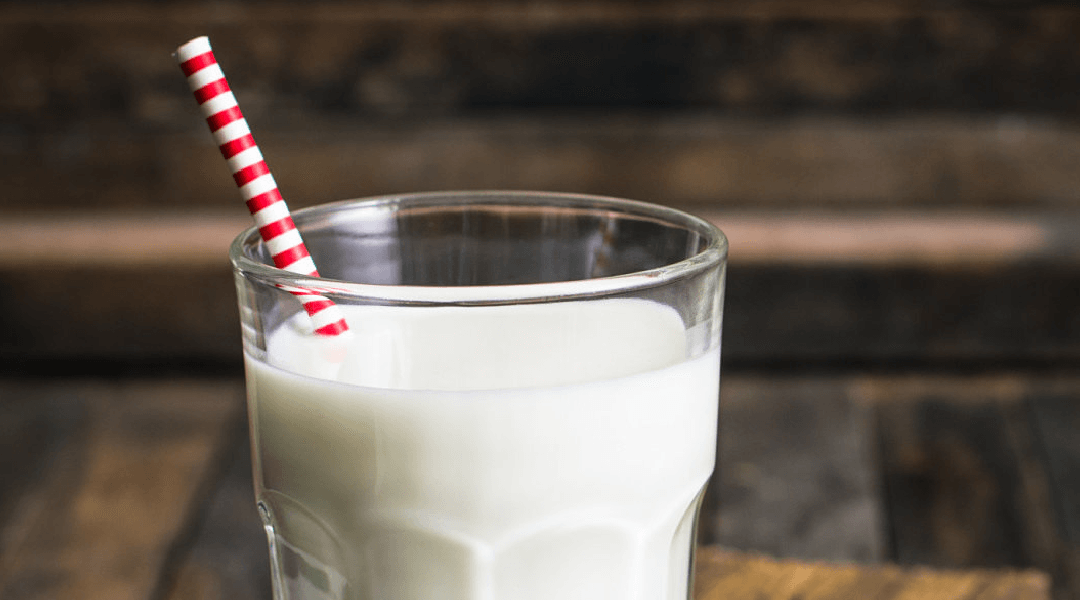
Simple hydrates
They are small carbohydrate structures, which are digested and absorbed very quickly. At a sporting level, it is interesting when we need energy quickly. We distinguish:
- Monosaccharides. “Mono” means one and “saccharide” is the scientific name for “sugar.” Therefore, it is the simplest molecule of hydrates present in food. We find glucose, fructose, dextrose and sucrose.
- Disaccharides. It is the union of two monosaccharides. For example, lactose is the union of glucose and galactose. And as we are: What about lactose? What happens is that to digest lactose (a disaccharide) you have to “cut” it to release its two monosaccharides (glucose and galactose). To do this work we have an enzyme called lactase, which is responsible for separating glucose and galactose. And there are people for whom that enzyme does not work well and causes digestive problems. If your lactase works fine, no problem with lactose.
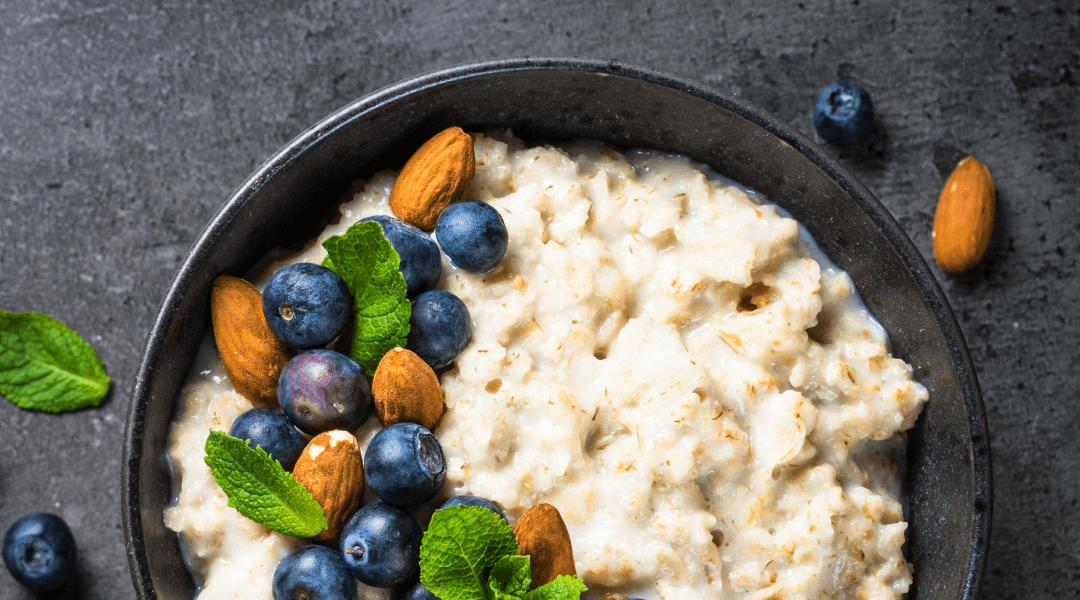
Complex hydrates
They are large structures of carbohydrates and, therefore, have a slower absorption and digestion. A hydrate is more complex the more sugars it has in its composition.
At a sporting level, we are interested in when we want to have prolonged energy for longer. These types of hydrates satisfy us for longer than simple ones. We distinguish:
- Oligosaccharides: formed by the union of several monosaccharides. Present, for example, in vegetables or bananas.
- Polysaccharides: formed by the union of 10 or more monosaccharides. Present, for example, in oats, potatoes or rice.
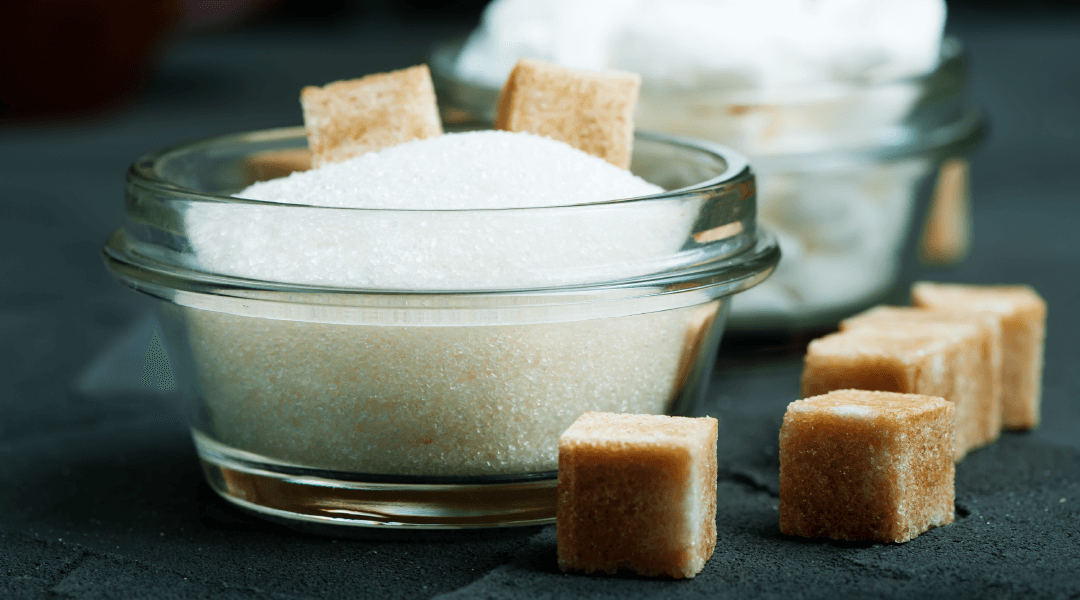 Azúcares
Azúcares
E this term is often used to refer to the simplest sugars, such as sucrose, a disaccharide present in table sugar, cane sugar or honey.
Watch out! Colloquially, it is sometimes used to refer to all types of carbohydrates.

Free sugars
They are the simple hydrates (of rapid absorption) that, or are added to the food. For example, processed foods, soft drinks, pastries, some sports drinks and products … or they are left free when we destroy part of the matrix of a food. Example: when we squeeze an orange to make a juice and remove the fiber.
Why is this sugar bad? because as it is not part of the matrix of the food itself, its digestion will be very fast and it will not produce satiety. The glucose will pass quickly into the blood and from there it will stimulate the pancreas to release insulin (a hormone responsible for incorporating glucose from the blood into the cells), so that we will quickly have calories / energy but with little digestive work.
That is why if you take a sweet (well of free sugars), you feel hungry again after 15 minutes.
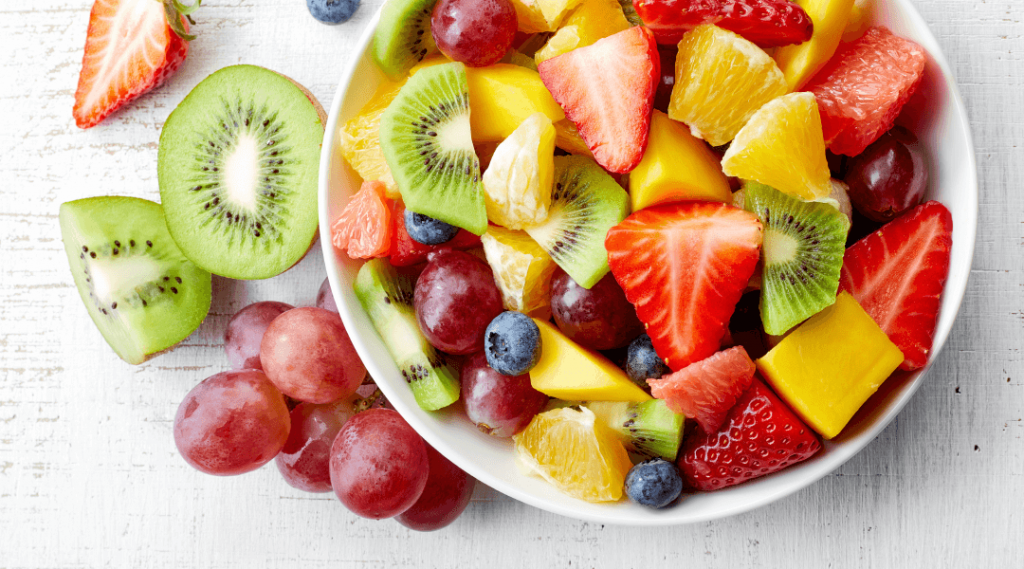
Intrinsic sugars
They are the carbohydrates that are part of the food matrix. That is, they are the sugars that are present in food in an original way and, therefore, will have a different response in the body to that of added sugars.
Why are these sugars better? because they are taken together with the fiber of the fruit, so digestion is slower and they do not pass as quickly to the blood, the blood glucose does not increase as quickly and the insulin can stay in place . In addition, they help improve the health of the microbiota, increase satiety …
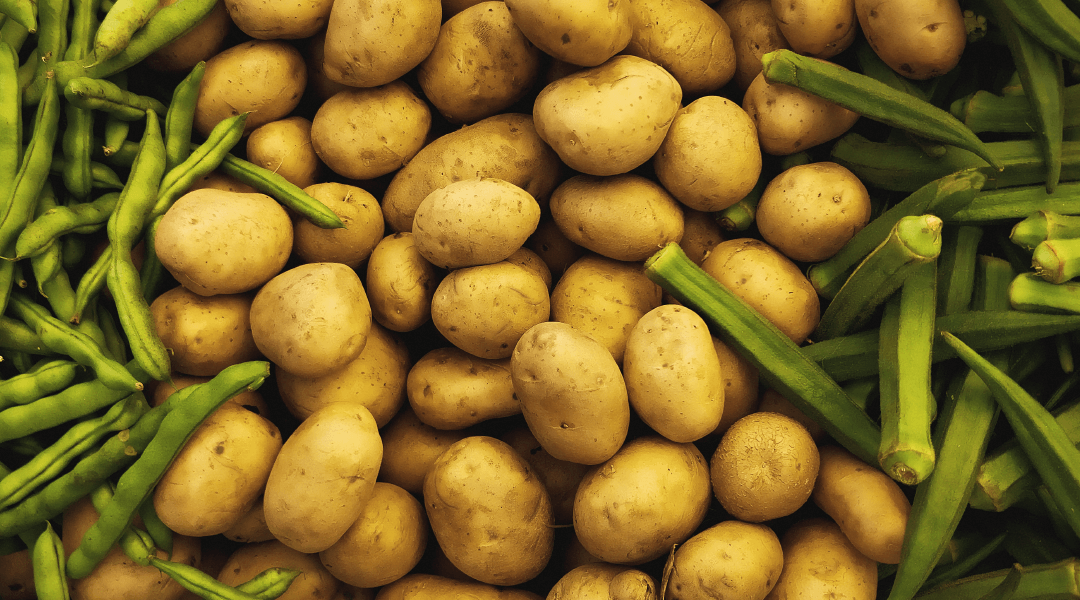
Starch
E Starch is a macromolecule and therefore a complex carbohydrate. About 50% of carbohydrate consumption is in the form of starch. Our digestive system will digest it into simpler hydrates, and then our body will transform it either into energy to perform functions in the body or into glycogen for storage.
Glycogen
It is the way in which we store glucose in our body. Every time we eat carbohydrates, our body digests it even the simplest form (glucose), in order to absorb it. What it does not use is stored in the form of glycogen, either in liver cells or in muscle cells. For every gram of glycogen that we store, we accumulate 3 grams of water. So if you weigh yourself with full glycogen stores, don’t worry so much. And if you weigh yourself with empty tanks, don’t be so happy =)
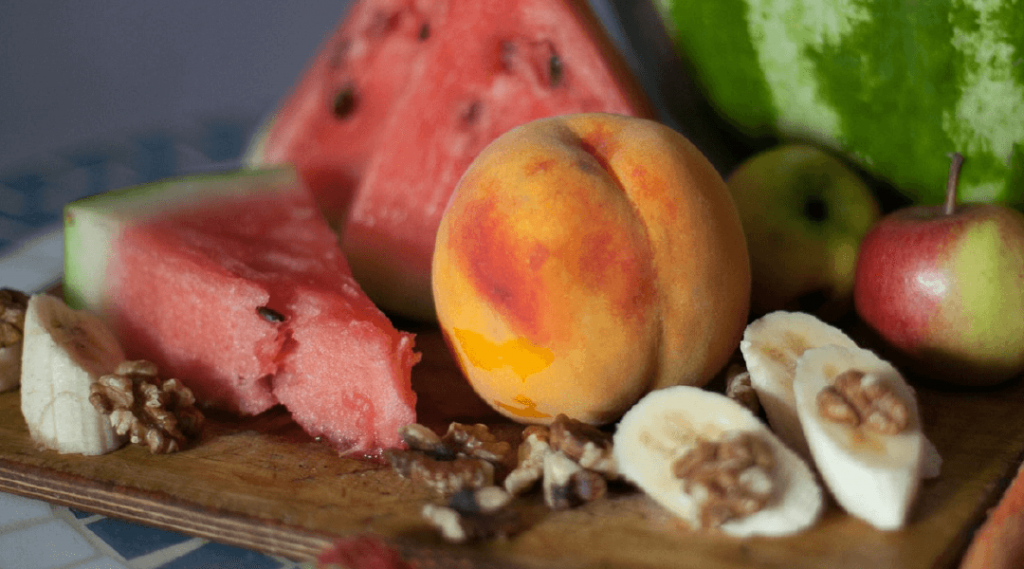
Glucose
It is a simple carbohydrate. Its main function is to produce energy. Our body obtains it by digesting foods that contain carbohydrates, but also from muscle glycogen. For example, when you exercise, your body will “pull” glucose from stored glycogen to continue producing energy. When the glycogen runs out, if you’re not adding more carbs … wow, man with the deck … you know.
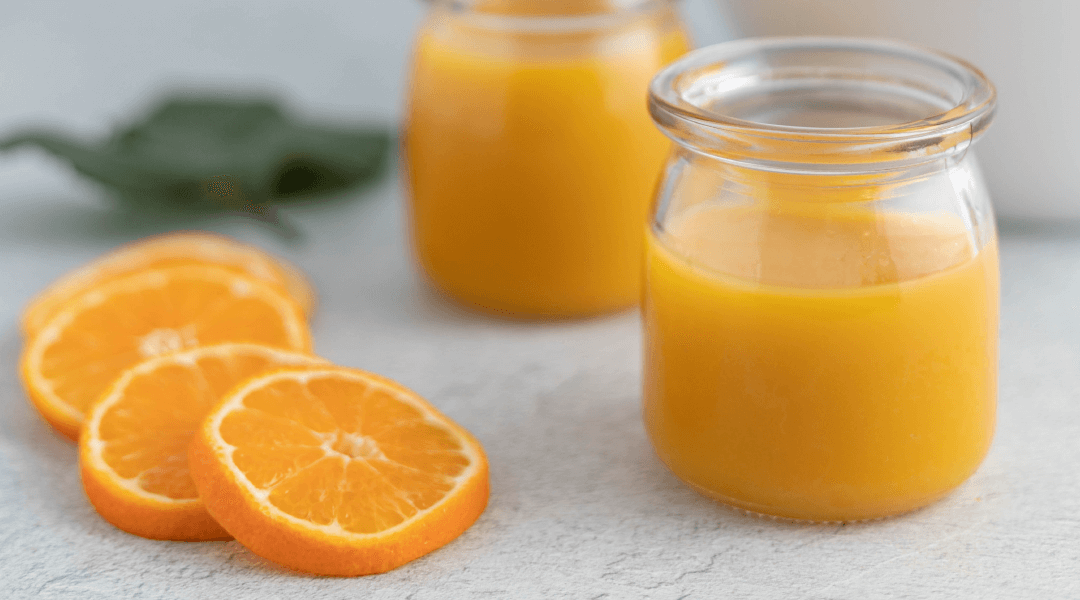
Glycemic index
Indicates the speed of the increase in blood glucose when we eat a food with carbohydrates. That is, how much our blood sugar (glycemia) increases when we eat a certain amount of carbohydrates.
It is not the indicator that matters the most because it only takes into account each food separately, but not the effect of the food as a whole or the characteristics of the person who consumes it. Example: if you drink a couple of ounces of chocolate, your blood glucose will rise very quickly, but if you take the ounces of chocolate with a little whole wheat bread and a handful of cashews, the fiber and the type of carbohydrates of bread, as well as the fats and proteins of the cashews will slow digestion, and will not spike your blood glucose level. Of course, you will be adding more kcal to that snack with the cashews and the bread.

Glycemic load
It is the individual response of each one when taking a food that contains carbohydrates. It is determined by internal factors (such as body composition, microbiota or hormonal response) and external factors (such as the amount and type of exercise, culinary techniques used when cooking food or food combinations).
The context in which you eat food is what will determine your glycemic load. This is the indicator that really matters, not the glycemic index of each food independently.
SUMMARY SO THAT YOU HAVE THE CLEAREST CONCEPTS:
You eat foods that contain carbohydrates, the simple ones are digested earlier and give faster energy and the complex ones take longer to digest and give energy more gradually and durable.
Your body digests all hydrates, of whatever type, into smaller pieces (glucose) in order to absorb them. That glucose, your body stores it in the liver and muscles in the form of glycogen. Once stored it is able to convert it back into glucose for use.
What your body uses to give you energy on the bike or to give energy to your neurons is glucose, it is not glycogen, or sugars, or carbohydrates.
Although simple hydrates or free sugars have a high glycemic index, that is, they pass into the blood quickly and give fast energy, the concept that matters is the glycemic load.
You can get an idea of the amount of dependencies and variables that are in each question. Therefore, having an online nutritionist n and will not only help you understand the why of everything, but it will teach you to choose to control the thousands of variables that need to be managed to really customize your diet.

